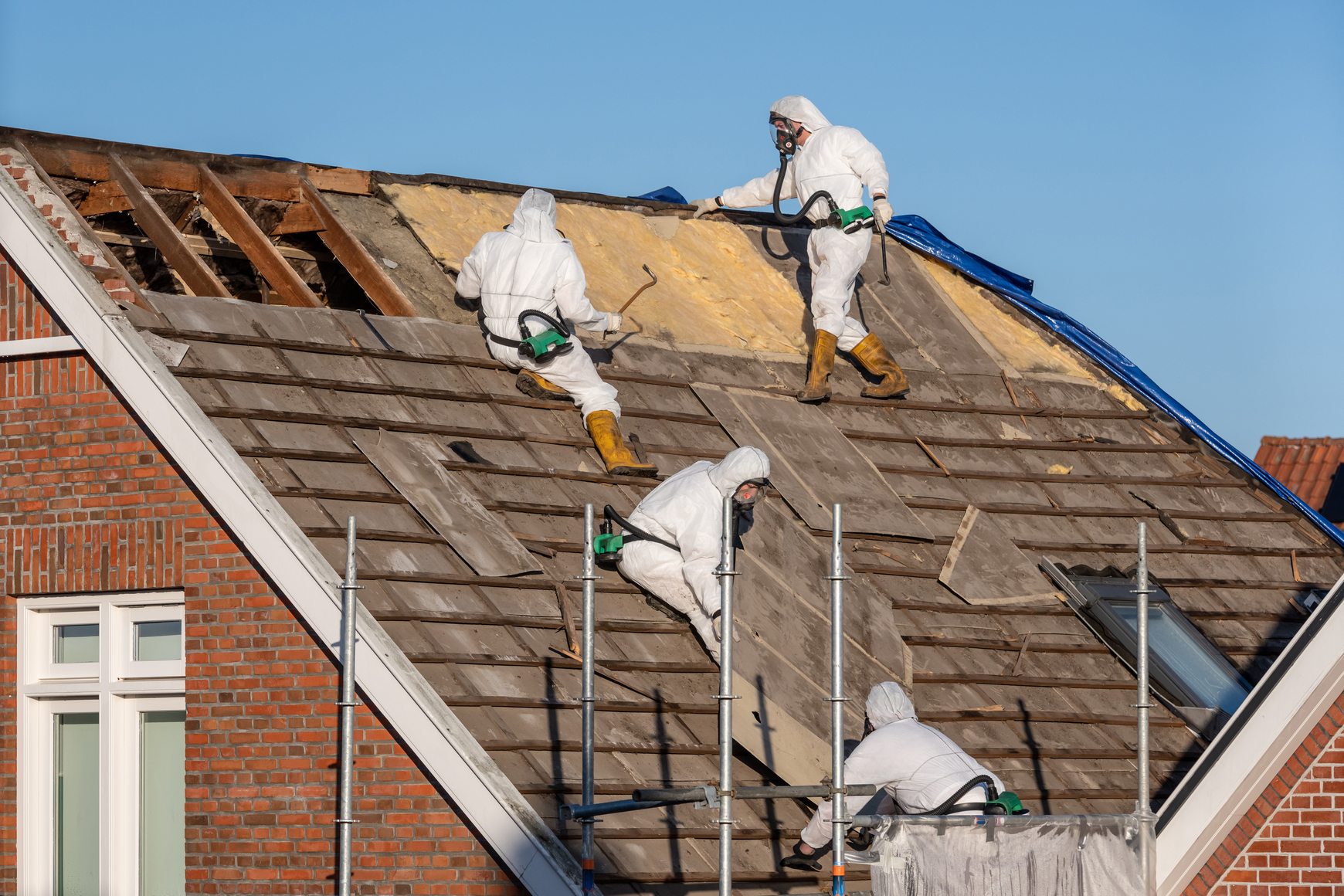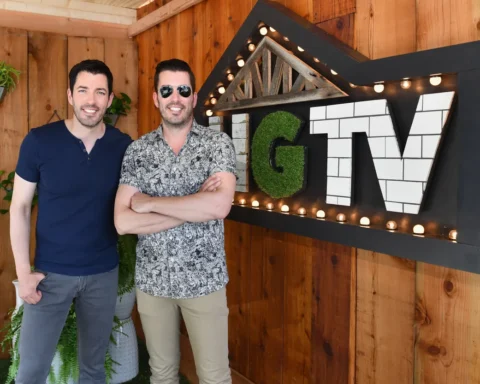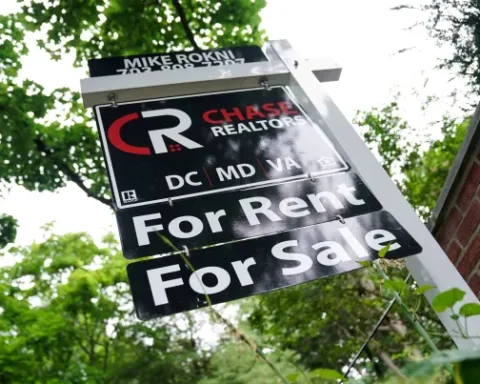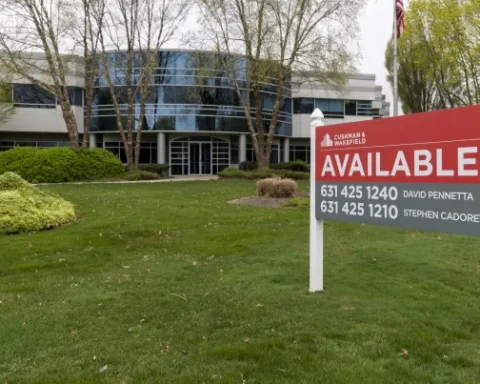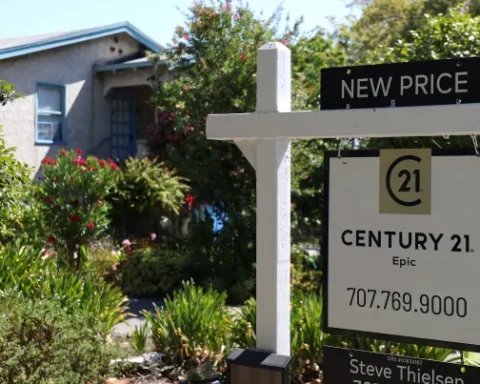Despite years of advances in insurance coverage, homeowners are still discovering significant gaps in their policies regarding mold damage. This issue became evident for Brandi Schmitt of Lothian, Maryland, whose home was severely impacted by mold after a 2018 nor’easter. The incident exposed a persistent problem in homeowners insurance: mold damage often remains inadequately covered, leaving many to grapple with costly and health-threatening consequences.
The Nightmare of Mold Damage
In 2018, a nor’easter caused substantial damage to Brandi Schmitt’s home, tearing off shingles, gutters, and siding. Following the storm, Schmitt’s family was left without electricity for three days, leading to spoiled food and ongoing water leakage. “As soon as the power came back on, I called [USAA] to report the damage,” Schmitt recounted. However, the damage soon morphed into a much larger issue—mold. Despite an initial inspection in May 2018 finding no mold, a follow-up in October revealed visible moisture and a moldy odor. The resulting mold exposure led to severe health issues for Schmitt’s family, including rashes, coughs, and the death of their pets.
Insurance Coverage Gaps: A Persistent Issue
Schmitt had purchased additional coverage for “fungus, wet or dry rot” up to $15,000, yet USAA failed to address the mold problem adequately. “I called [USAA] and said, ‘Are you going to wait for it to kill us?’” Schmitt expressed her frustration. Her lawsuit, which resulted in a jury awarding $41,480 for repairs and $7,200 for living expenses, highlights a broader issue: the limitations of mold coverage in homeowners’ policies. Experts point out that standard policies often exclude mold unless it results from a covered peril, such as a burst pipe or flooding.
Industry Trends and Historical Context
The mold coverage dilemma has roots in past high-profile cases. The 2001 Texas case, Ballard v. Farmers Insurance Group, initially awarded $32 million for mold damage, which was later reduced to $4 million. This led to widespread exclusions and limitations in mold coverage across the industry. “We called it at the time a mold stampede,” said Amy Bach, executive director of United Policyholders. Insurance companies, driven by high repair costs and uncertainty over health outcomes, significantly limited their mold coverage.
Current Coverage Practices
Today, mold coverage varies widely among insurers. Standard homeowners’ policies typically do not cover mold unless it results from a covered loss. For instance, USAA offers limited mold coverage—$2,500 for cleanup and $2,000 for additional living expenses—while Nationwide covers up to $10,000 for mold damage from covered incidents. However, these limits often come as a surprise to policyholders. Scott Holeman of the Insurance Information Institute notes, “In cases where mold has been around for a while, say several weeks or longer, it likely won’t be covered by your policy.”
The Impact on Homeowners
Mold damage claims can also affect policy renewals. A policyholder in Lindsey, Ohio, found their policy non-renewed by Allstate after a mold claim. “Insurance companies do have the right to not renew you for any number of reasons, including prior loss history,” explained Scott Shapiro of KPMG. Homeowners must carefully review their policies and consult professionals to fully understand their coverage.
The Schmitt family’s ongoing struggle with mold damage underscores the need for clearer and more comprehensive insurance coverage. As severe weather events become more common, understanding and addressing these gaps in mold coverage will be crucial for homeowners. “During all this process, we never got to enjoy this house,” Schmitt lamented, emphasizing the personal toll of inadequate insurance protection. For homeowners, ensuring robust mold coverage remains an essential but often overlooked aspect of securing their homes.


